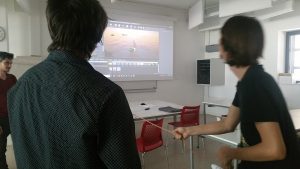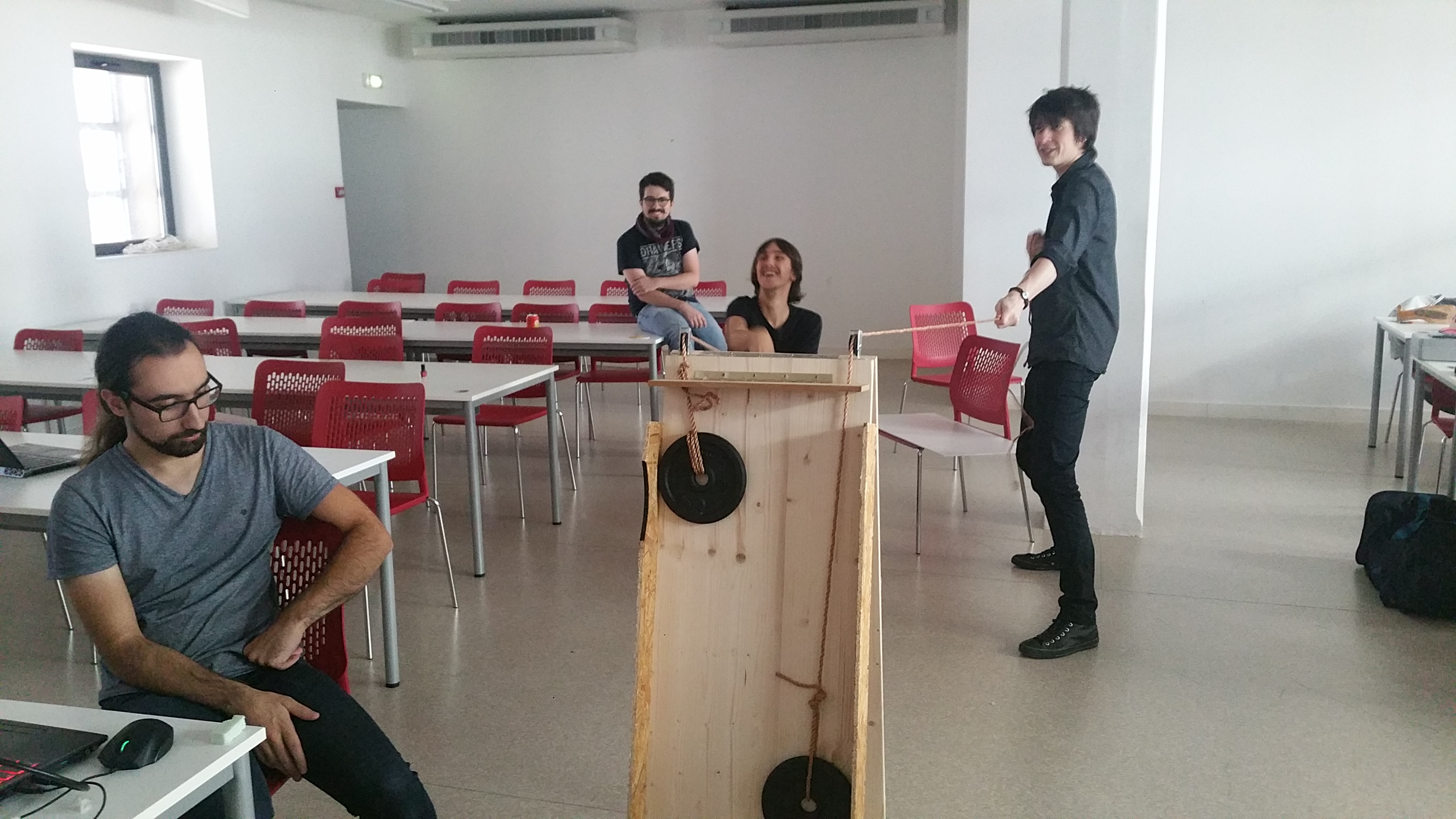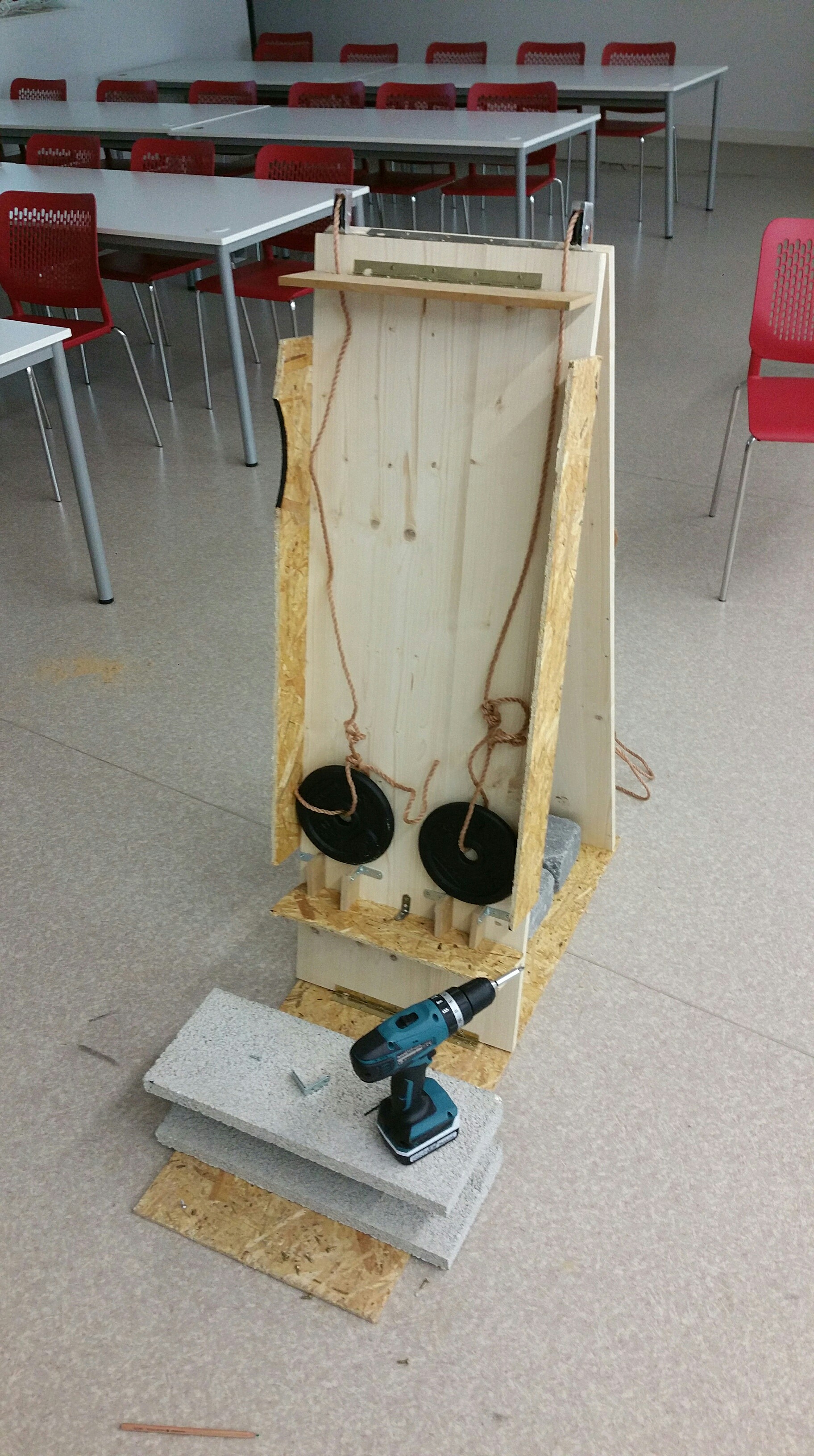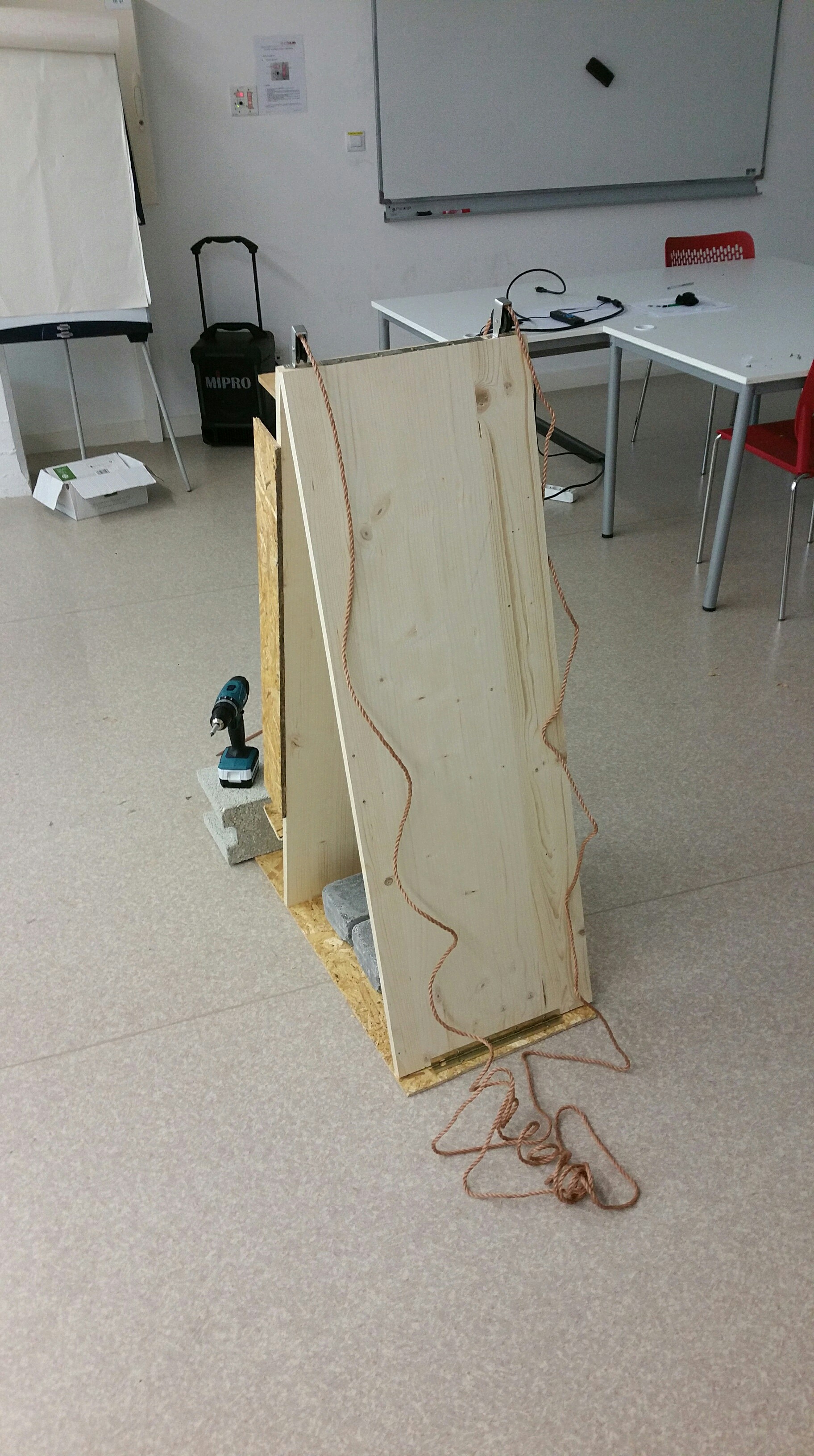
Roles : Game designer, Level Designer
Introduction
Piropes was made during the « inclus et connectés » workshop in collaboration with Paul Barbier (game design), Maxime Perault, Damien Crechet (programming), Thomas Garcia (3D art), Antoine Daniélou (UX design) and Aurélien Demey (sound designer).
I was in charge of game design and level design (procedural).
The game was designed to suit people with cognitive disabilities with an alternative controller. We made a endless « navigator » in which the player(s) controls a boat thanks to ropes.
Game Design
Cognitive accessibility
The population of cognitively disabled people we were designing for (L’Enfant Soleil association) was broad : from people with intellectual deficit to people with an autism spectrum disorder.
Therefore it was supposed to require few learnings to be fun immediatly and few informations to deal with during the game not to be overwhelming. Avoiding potentially triggering feedbacks such as explosions or sudden sounds was also very important.
The association wants to break the loneliness of the disabled kids that spend most of their time at home, not seeing much people, so we designed the game to be multiplayer (but still playable alone for those who would want to).
We designed the game not to be competitive against the other, to prevent people with anger/frustration disorders or even just sensitive from feeling bad.
3C Overview
Camera : The game is in 3D, the camera follows a linear axis, showing the back of the boat the player controls. If the player goes too far right or left, they will collide with invisible walls but that’s unlikely since the game makes the player avoid obstacles, the tend to zigzag rather than going straight to a direction.
Character : The player embodies a boat that go forward by itself. The player can make the boat go left or right. The boat accelerates if it doesn’t hit anything and slows down if it does with a system of speed levels. The difficulty self regulates that way.
Controls : The player controls the boat with two ropes, the left one makes the boat go on the left and the right one on the right (see third image). We chose not to be realistic (in a real boat, pulling the right rope will make it go left) but intuitive . If the two players pull at the same time and strenght the boat goes forward (see fourth image).


Pulling the right rope to go on the right

Boat behavior regarding which rope the players are pulling.

Challenges
The main challenges are to react quickly to get the boat on the right track and to communicate with the other player to reinforce links between the players and make them socialize. We designed failure not to be too punitive but good players are still rewarded with thrilling speed.
Physical structure
We built the physical structure and used Arduino technology to get the right inputs from the players.


Level Design
Difficulty
Level design was based on « lines« , with obstacles or not, coming at the player continuously.

We designed three levels of difficulty increasing regarding time. Difficulty is made following those guidelines :
Easy : · 4 empty cases in common with the previous line to be a valid line.
· Increased probabilty after left obstacles to get another line of left obstacles, same for right obstacles
· If there’s a line with 5+ obstacles, it is followed by two empty lines.
Medium : · 3 empty cases in common with the previous line to be a valid line.
· Less increased probabilty after left-only obstacles to get another line of left-only obstacles, same for right-only obstacles
Hard : · 2 empty cases in common with the previous line to be a valid line.
Procedural Level Design
To make te procedural level design, we made « pools » in which the game will pick to know what will be the following line :

The excel sheet could then be exported in CSV and used by the programmers to implement level design.
